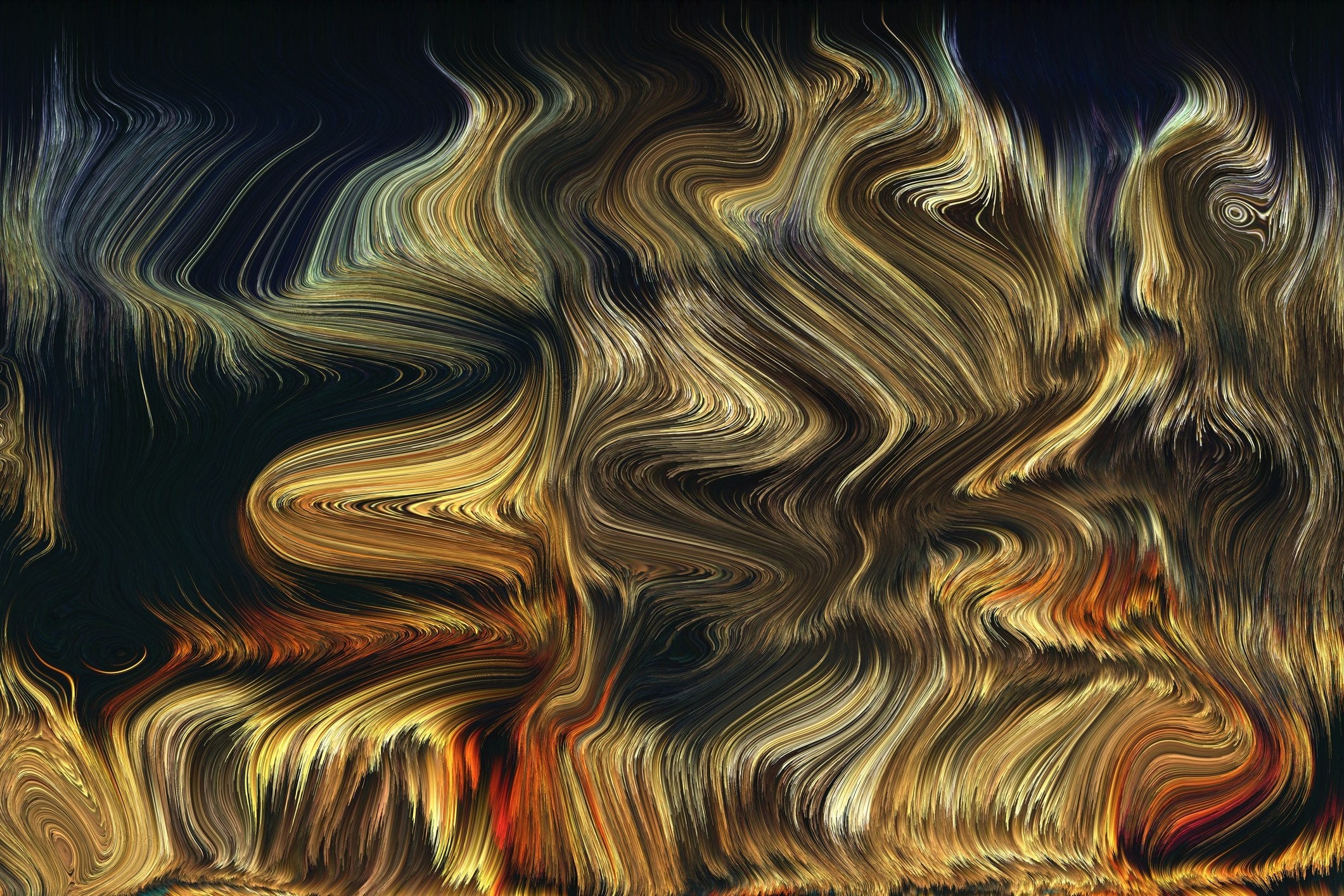
Physicists at UC Santa Barbara, with colleagues at University of Michigan (UM) and The University of Chicago (UChicago), have developed design rules that take advantage of topological defects to control self-sustained chaotic flows in active fluids. This framework, for now developed as a theoretical model, provides a path for the engineering of self-powered fluids with tunable flows.
“And we can do this either at the level of one defect or at a level of many defects, which provides another way of controlling the flow dynamics,” said UCSB theoretical physicist Cristina Marchetti, a senior author of a paper that appears in the Proceedings of the National Academy of Sciences. According to the paper, the work “establishes an additive framework to sculpt flows and manipulate active defects in both space and time, paving the way to design programmable active and living materials for transport, memory and logic.”
Active matter in general is fascinating for the ability of its constituent parts — whether they be motor proteins, bacteria, synthetic microswimmers, or humans — to collectively behave like an out-of-equilibrium material. A familiar example is a flock of starlings that move together, bending and folding in the sky like a fluid. Active fluids developed in the lab are similarly composed of individual molecular-scale units that, like the birds, consume energy and turn it into movement. Through interactions they organize in emergent structures that act in unison.
Researchers for this study, including theoretician Mark Bowick from UCSB Kavli Institute for Theoretical Physics (KITP), lead author Suraj Shankar at UM and Luca Scharrer, a UCSB College of Creative

Studies physics alum, now a graduate student at UChicago, focused on an active fluid made of biomolecular proteins and filaments. In this fluid, known as an active nematic liquid crystal, the rod-like filamentary proteins tend to align with each other — the “nematic” part. The “active’’ part comes from the ability of these lined-up filaments to exert forces on their surroundings, pumping fluid and driving large-scale flows.
“This active liquid crystal is a fluid that continuously flows on its own, without any external applied force or pressure difference,” Marchetti added, thanks to local chemical reactions by so-called “motor proteins’’ that generate the energy for movement.
These flows, however, are inherently chaotic, with swirls and eddies that continuously distort the local alignment of the filaments. This creates patterns in the otherwise regular arrangement of the rod-like filaments, with strong distortions similar to the ridges in your fingerprints. The structure of these distortions is dictated by geometry and topology, earning them the label “topological defects.” The defects in turn influence the orientation and movements of the other rods around them, and the resulting flows.
Defects are commonly observed in passive liquid crystals. “In the active case, an entirely new feature is observed,” added Bowick. “The defects become self-propelled, like tiny engines roaming around the fluid.” While the disturbances are localized, they move and continuously stir the entire fluid.
But rather than being bugs, these “tiny engines” can be used as features that allow for the control of active flows via the control of defect motion. The control of active defects is indeed a hot topic of experimental research, with various strategies developed to influence their generation and dynamics. Until now, however, a systematic quantification and design framework for the manipulation of defects has been missing.
“In our work we formulate design rules that dictate how particular defect structure patterns can be created, moved and even braided around each other through what we call ‘topological tweezers.’” Bowick said. This is achieved by “designing patterns of ‘activity’ in space and time,” Marchetti explained, that is “by controlling the structure and extent of the regions where chemical reactions drive fluid pumping.”
This spatial variability is achievable in experiments through light-responsive motor proteins and filaments. It allows scientists to essentially grab individual defects and move them around to design the flow that goes along with them. The researchers also demonstrate how simple activity patterns can control large collections of swirling defects that continually drive turbulent flows.
The main part of the research was carried out while Scharrer was an undergraduate student at UCSB. This demonstrates the impact of undergraduate research and the key role faculty advisors such as Sathya Guruswamy play in matching promising undergraduates with suitable research groups.
It's still early days for this work, but the scientists can see a potential array of applications and implications, for everything from biological processes to soft robotics and fluid-based logic devices. “Our work suggests how these processes can be controlled by manipulating active defects,” Bowick said.
Sonia Fernandez
Senior Science Writer
(805) 893-4765
sonia.fernandez@ucsb.edu



